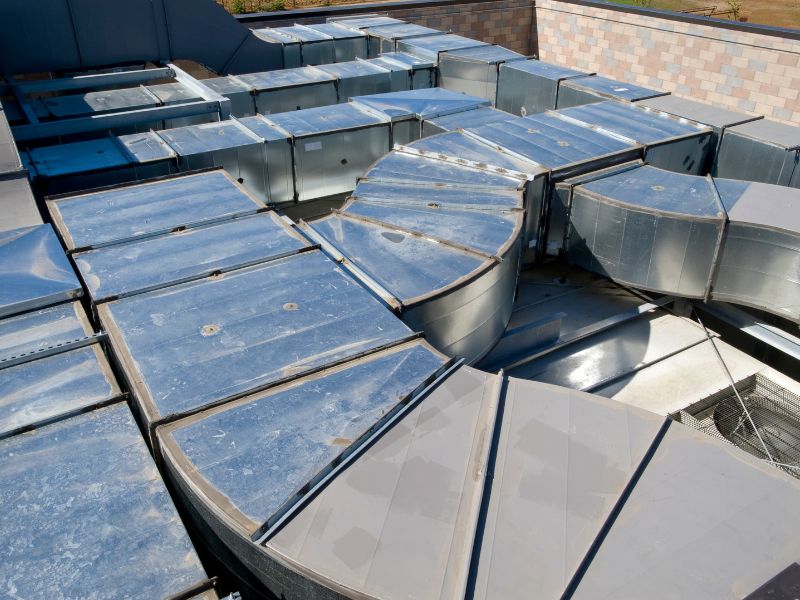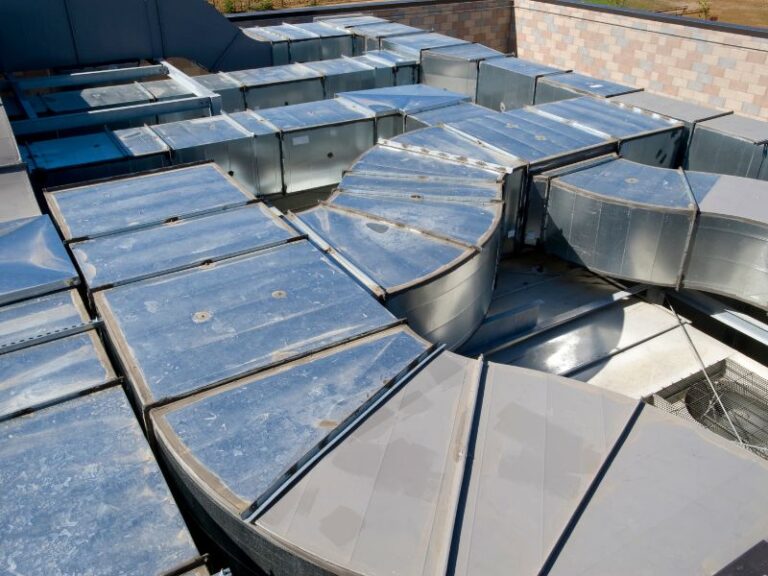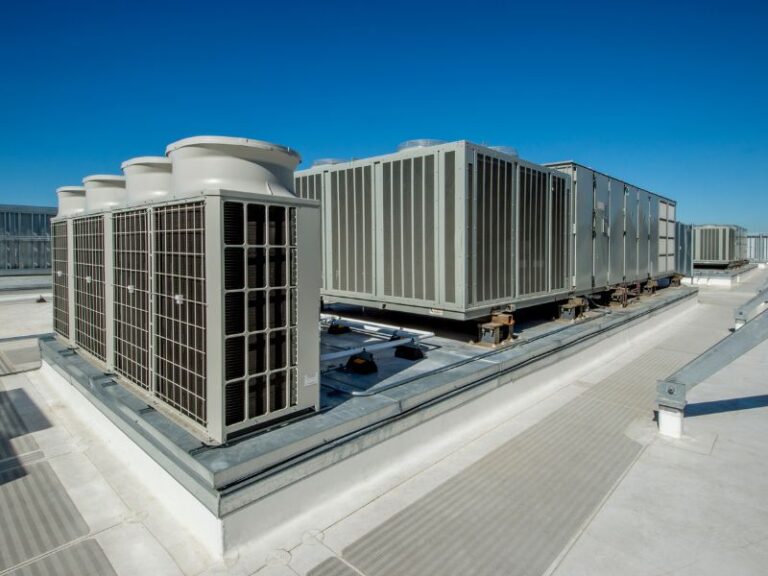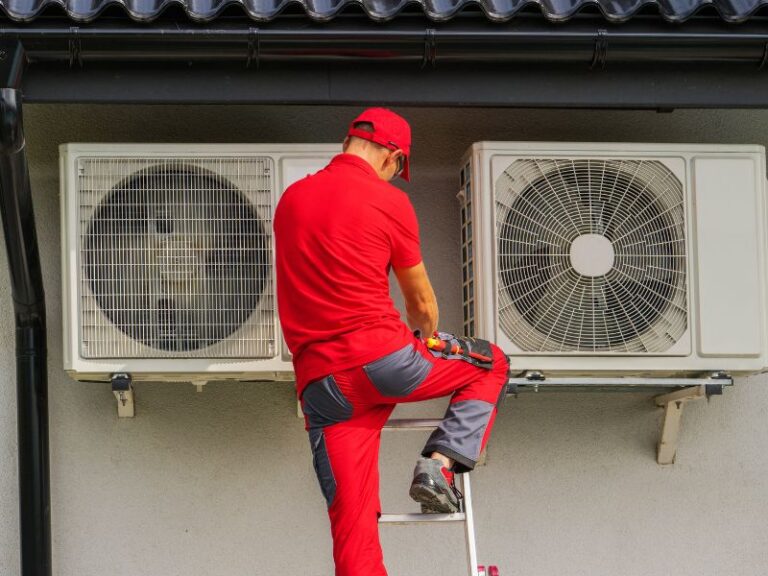When designing or maintaining an HVAC system, many focus on the components like the furnace, air conditioning unit, or heat pump. However, one crucial element that often gets overlooked is ductwork. The ducts in an HVAC system are responsible for distributing air throughout your home or commercial building. Whether it’s warm air in the winter or cool air in the summer, proper ductwork plays a significant role in ensuring that your HVAC system performs efficiently, maintains comfort, and minimizes energy costs.
In this article, we will explore the importance of proper ductwork in HVAC system performance, the common issues associated with poorly installed or damaged ducts, and how you can optimize your duct system for maximum efficiency.
What Is Ductwork and How Does It Work?
Ductwork refers to the network of tubes or channels used to circulate air throughout a building. These ducts are responsible for carrying conditioned air (heated or cooled) from the HVAC unit to different rooms or zones. Ducts are usually made from materials like sheet metal, flexible tubing, or fiberglass, and they vary in size depending on the needs of the building.
How Ductwork Works in HVAC Systems:
- Supply Ducts: These ducts carry heated or cooled air from the HVAC system to the rooms.
- Return Ducts: These ducts carry air from the rooms back to the HVAC system to be reconditioned.
Effective ductwork ensures that air is delivered evenly and consistently to all parts of the building, improving indoor air quality, comfort, and system efficiency.
Why Proper Ductwork Is Essential for HVAC System Performance
1. Ensures Even Temperature Distribution
Proper ductwork is critical for achieving consistent indoor temperatures. If the ducts are incorrectly sized, poorly installed, or obstructed, air can be unevenly distributed throughout the building. This can lead to certain areas being too hot or too cold, creating discomfort for occupants.
- Solution: Ductwork should be designed and sized to match the building’s specific heating and cooling needs. Proper vent placement and duct design ensure that air reaches every room in the building, maintaining consistent temperatures.
2. Reduces Energy Consumption and Costs
Inefficient ductwork can result in energy waste. If ducts leak, are poorly insulated, or are the wrong size, your HVAC system will have to work harder to heat or cool the space. This results in higher energy bills and increased wear and tear on the system.
- Common Issues:
- Duct leaks: Leaks in the ducts can lead to significant energy loss, as air escapes before reaching the intended rooms.
- Improperly sized ducts: Ducts that are too small or too large for the HVAC system can cause airflow issues, making the system less efficient.
- Solution: Regular inspections and maintenance of the duct system, along with proper sizing, will reduce energy consumption and improve system efficiency.
3. Improves Indoor Air Quality (IAQ)
Ducts play a crucial role in maintaining indoor air quality (IAQ). If ducts are dirty or clogged, they can distribute dust, allergens, and other pollutants throughout the building. This can lead to poor air quality, which may cause respiratory issues, allergies, or other health problems.
- Solution: Keep your ducts clean and ensure that they are properly sealed to avoid the buildup of dust and pollutants. Installing high-efficiency filters in the HVAC system also helps improve IAQ by capturing particles before they enter the duct system.
4. Prevents System Breakdown and Extends Equipment Life
Poorly designed or damaged ductwork can put unnecessary strain on your HVAC system, leading to breakdowns or the need for frequent repairs. When the system cannot distribute air properly, it will run longer and harder, which can cause parts to wear out more quickly.
- Solution: Properly sized, sealed, and maintained ducts reduce the load on the HVAC system, extending its lifespan and improving its performance.
Common Issues with Ductwork That Impact HVAC Performance
Even the best HVAC system won’t perform optimally if the ductwork is poorly installed or maintained. Here are some common ductwork issues that can compromise HVAC system performance:
1. Duct Leaks
Duct leaks are one of the most common problems affecting HVAC efficiency. Leaky ducts allow conditioned air to escape before it reaches the intended rooms. This leads to energy waste, uneven temperature distribution, and increased operating costs.
- Solution: Regularly inspect ducts for leaks and seal any gaps or holes. Professional duct sealing can prevent air loss and improve system performance.
2. Duct Obstructions
Obstructions such as dirt, debris, or even rodents can block airflow within the ducts. This reduces the amount of air that reaches the rooms and forces the HVAC system to work harder to maintain the desired temperature.
- Solution: Schedule periodic duct cleaning to remove blockages and maintain proper airflow.
3. Incorrectly Sized Ducts
If the ducts are too small or too large, they will not effectively distribute air. Small ducts can cause airflow restrictions, while oversized ducts may lead to excess air pressure, which can reduce system efficiency and cause uneven temperature control.
- Solution: Ensure that your duct system is properly sized based on your HVAC system’s capacity and the size of the building.
4. Poor Insulation
If ducts are not properly insulated, they can lose heat in winter or gain heat in summer as they pass through unconditioned spaces like attics or crawl spaces. This can lead to inefficient cooling or heating and higher energy costs.
- Solution: Properly insulate ducts, especially those that are located in areas not heated or cooled.
How to Improve HVAC System Performance Through Proper Ductwork
1. Regular Duct Inspections and Maintenance
Conducting regular inspections of your ductwork is essential to identify leaks, blockages, and other issues that could impact your HVAC system’s performance. This should be part of your HVAC system maintenance routine.
- Signs You Need Duct Maintenance:
- Increased energy bills
- Uneven heating or cooling in different rooms
- Strange odors or noises from the ducts
- Dust buildup around vents and registers
2. Duct Sealing and Insulation
Ensure that your ducts are properly sealed to prevent air loss and improve efficiency. If your ducts are located in unconditioned spaces, proper insulation is also necessary to maintain consistent temperatures and reduce energy consumption.
3. Professional Duct Sizing and Installation
When installing new ductwork or upgrading an existing system, it’s important to work with a professional HVAC technician who can properly size the ducts and install them for optimal airflow. Correctly sized ducts ensure that the HVAC system operates efficiently and delivers consistent comfort.
4. Zoning and Advanced Airflow Systems
Installing a zoning system with separate thermostats for different areas of the building allows for more control over airflow and temperature. This reduces energy waste and ensures that each zone receives the appropriate amount of heating or cooling.
How CoolCalc Can Help Optimize HVAC System Design and Ductwork
CoolCalc is an advanced tool that assists HVAC professionals in calculating cooling load and designing systems that optimize both airflow and energy efficiency. By providing precise load calculations, CoolCalc ensures that HVAC systems are properly sized, leading to improved ductwork design, more efficient airflow, and reduced energy consumption.
- How CoolCalc Helps:
- Accurate Sizing: CoolCalc ensures that HVAC systems and ductwork are correctly sized based on the building’s specific needs, ensuring optimal airflow and temperature regulation.
- Energy Efficiency: By considering factors like building insulation, window types, and local climate conditions, CoolCalc helps professionals design systems that maximize energy efficiency and comfort.
- Cost Savings: Properly sized and designed HVAC systems with well-maintained ductwork lead to long-term savings on energy bills and maintenance costs.
Conclusion
Proper ductwork is essential for maximizing the performance and efficiency of your HVAC system. It ensures even temperature distribution, energy efficiency, and healthy air quality by providing effective air circulation throughout your building. By regularly maintaining and properly sizing your ducts, you can prevent common issues like leaks, obstructions, and poor insulation that lead to inefficient system operation.




